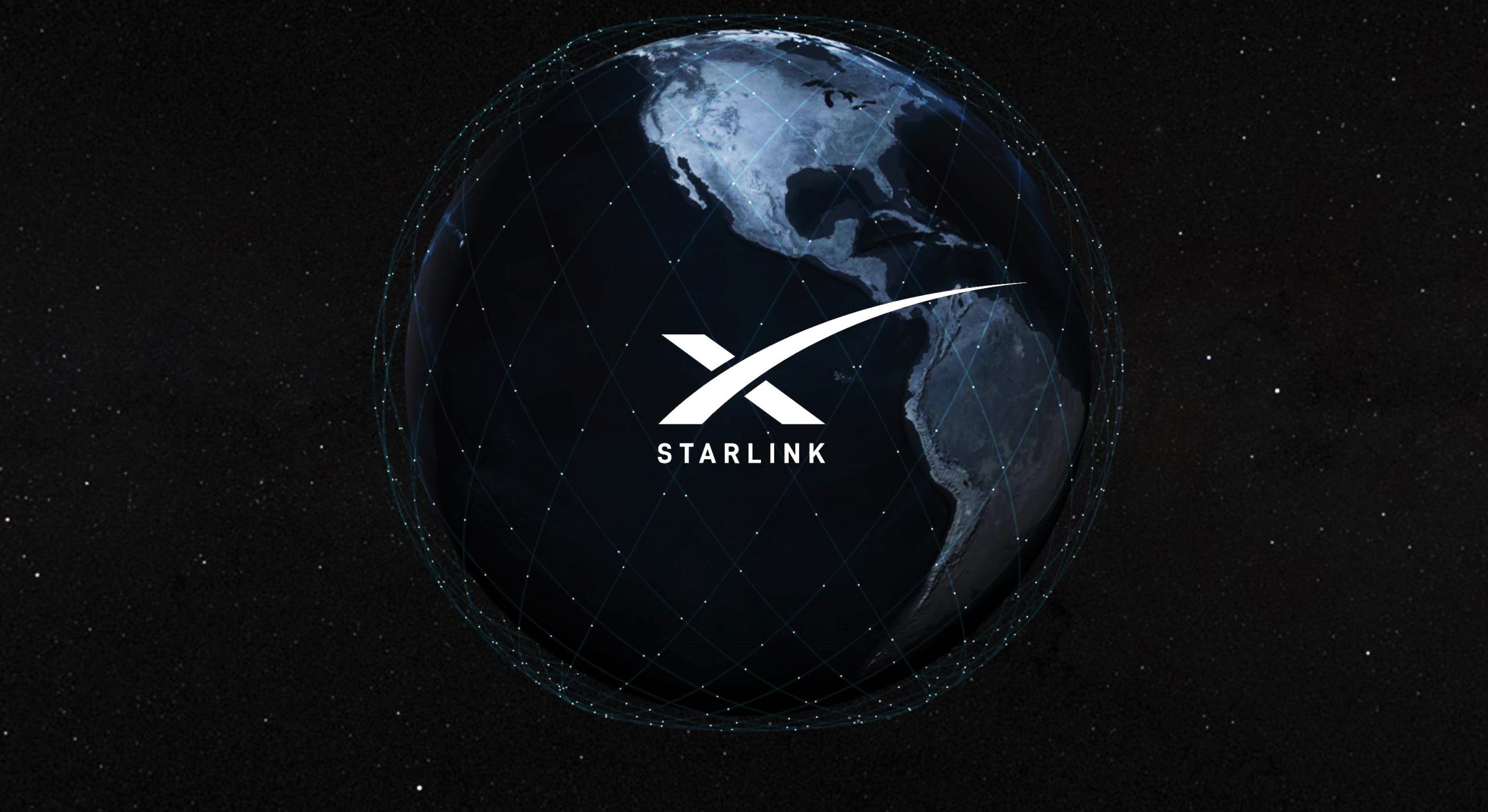
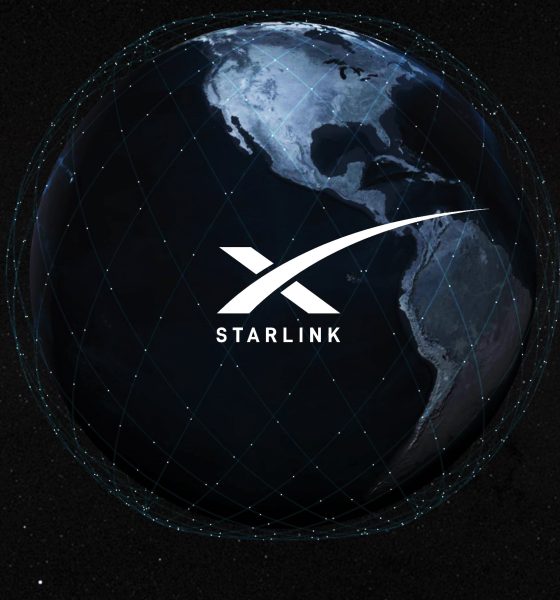
News
SpaceX COO says Starlink had cash-flow-positive quarter in 2022
President and COO Gwynne Shotwell says that SpaceX’s Starlink satellite internet program had a “cash flow positive quarter” in 2022 and “will make money” in 2023.
The update is major news for a program that SpaceX CEO Elon Musk has stated should be considered a success if it merely avoids bankruptcy. Several companies have attempted to build businesses around the concept of a low Earth orbit (LEO) internet satellite constellation. All have failed or gone bankrupt. Motorola pursued a concept called Celestris in the 1990s but eventually gave up and invested in Teledesic. Teledesic eventually went bankrupt and shut down in 2003 after spending the equivalent of $1.85 billion in 2022 dollars. In 2020, OneWeb – the closest to a true Starlink competitor – filed for bankruptcy despite having raised $3.4 billion and begun launching satellites. It was only saved by a $1 billion bailout led by the British government.
Despite pursuing the largest and most ambitious LEO constellations ever proposed, only SpaceX’s Starlink program has managed to avoid bankruptcy. SpaceX began developing Starlink in earnest in the mid-2010s and launched its first satellite prototypes in March 2018 and May 2019. Operational launches followed in November 2019, and SpaceX has since launched an unprecedented ~3540 working satellites on 70 Falcon 9 rockets. More importantly, just two years after opening orders, SpaceX has secured more than a million Starlink internet subscribers.
Adding to its impressive list of achievements, Gwynne Shotwell – a SpaceX executive known for being an excellent manager and voice of reason – says that Starlink has already had its first cash-flow-positive quarter.
The update that's rolling out to the fleet makes full use of the front and rear steering travel to minimize turning circle. In this case a reduction of 1.6 feet just over the air— Wes (@wmorrill3) April 16, 2024
According to Shotwell, that milestone happened sometime in 2022. Thanks to a productive 2021 and the accelerated launch of new Starlink satellites in 2022, continuously expanding network capacity, SpaceX’s subscriber count more than quadrupled between March and December. If Starlink truly did have a cash-flow-positive quarter last year, it likely happened in Q4. However, the nature of cash flow and the ambiguity in Shotwell’s statement are worth some amount of skepticism.
Crucially, cash flow should account for fundraising, which SpaceX does a lot of. In 2022, it closed a $1.7B venture round in May and a $250M private equity round in July, offering opportunities to negate otherwise negative cash flow in Q2 and Q3. If Shotwell means that Starlink had a positive cash flow quarter without accounting for fundraising, the achievement would be highly impressive and indicate that Starlink’s financial health is surprisingly good.
It’s also ambiguous if Shotwell meant that Starlink had a cash-flow-positive quarter in 2022 or if she was referring to the company as a whole. Earlier in her panel at the FAA’s annual Commercial Space Transportation Conference, Shotwell noted that SpaceX’s main product – Falcon rocket and Dragon spacecraft operations – “makes money.” She also said that “the cash flow from those operations basically pay for [Starlink and Starship] development.” External funds are then raised to supplement SpaceX’s profits from Falcon and Dragon.
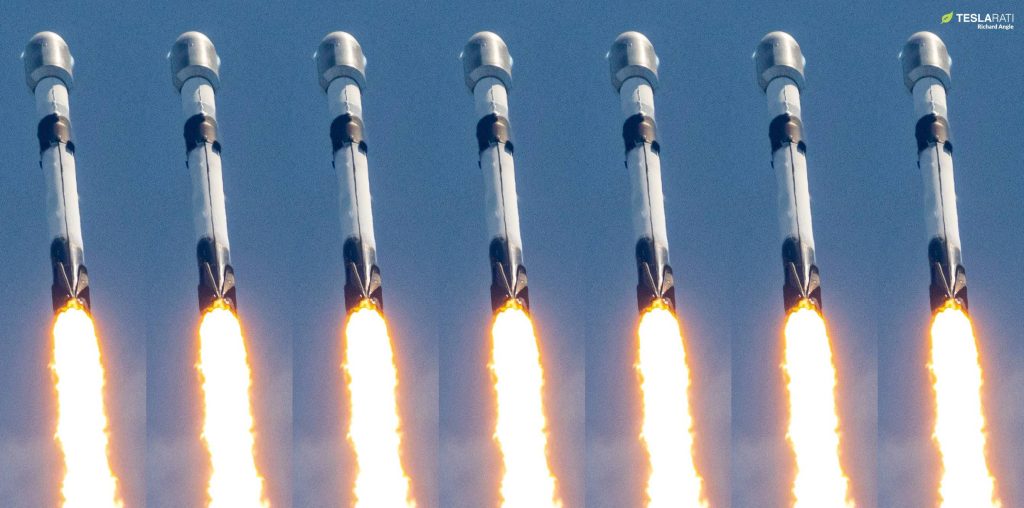
The ambiguity leaves room for Shotwell’s statement to be interpreted a bit less positively. If SpaceX or Starlink’s cash-flow-positive quarter was contingent upon raising almost $2 billion in one calendar year, Starlink would arguably still be in a financially precarious position. A positive quarter in that context would be more indicative of decent accounting than good financial health.
However, Shotwell’s confident statement that “Starlink will make money” in 2023 was much less ambiguous and suggests that a positive interpretation of her “positive cash flow” comment could be more accurate. For Starlink to “make money” in 2023, the implication is that SpaceX expects annual revenue to exceed expenses – and possibly exceed expenses and external funding inputs.
Either outcome would be excellent. As long as Starlink’s revenue matches or exceeds expenses, the constellation could likely survive even if SpaceX’s access to external capital was partially or fully disrupted. It also bodes well for Starlink’s profit potential. If the Starlink Gen1 constellation is almost sustainable or profitable, the pending introduction of SpaceX’s next-gen Starship rocket and upgraded Gen2/V2.0 satellites could turn Starlink into a money printer.
In November 2021, CEO Elon Musk outright stated that SpaceX faced a “genuine risk of bankruptcy” if it couldn’t start launching Starship and Starlink V2.0 satellites “once every two weeks” by the end of 2022. Fifteen months later, Starship’s first launch is tracking towards March 2023, and there’s a nonzero chance the rocket won’t launch a single Starlink V2.0 satellite this year. Despite falling miles short of Musk’s target, Starlink is instead on the verge of becoming a sustainable business in the mind of SpaceX’s less hyperbolic leader.

News
Tesla expands Robotaxi app access once again, this time on a global scale
Tesla said recently it plans to launch Robotaxi in Miami, Houston, Las Vegas, Phoenix, and Dallas.
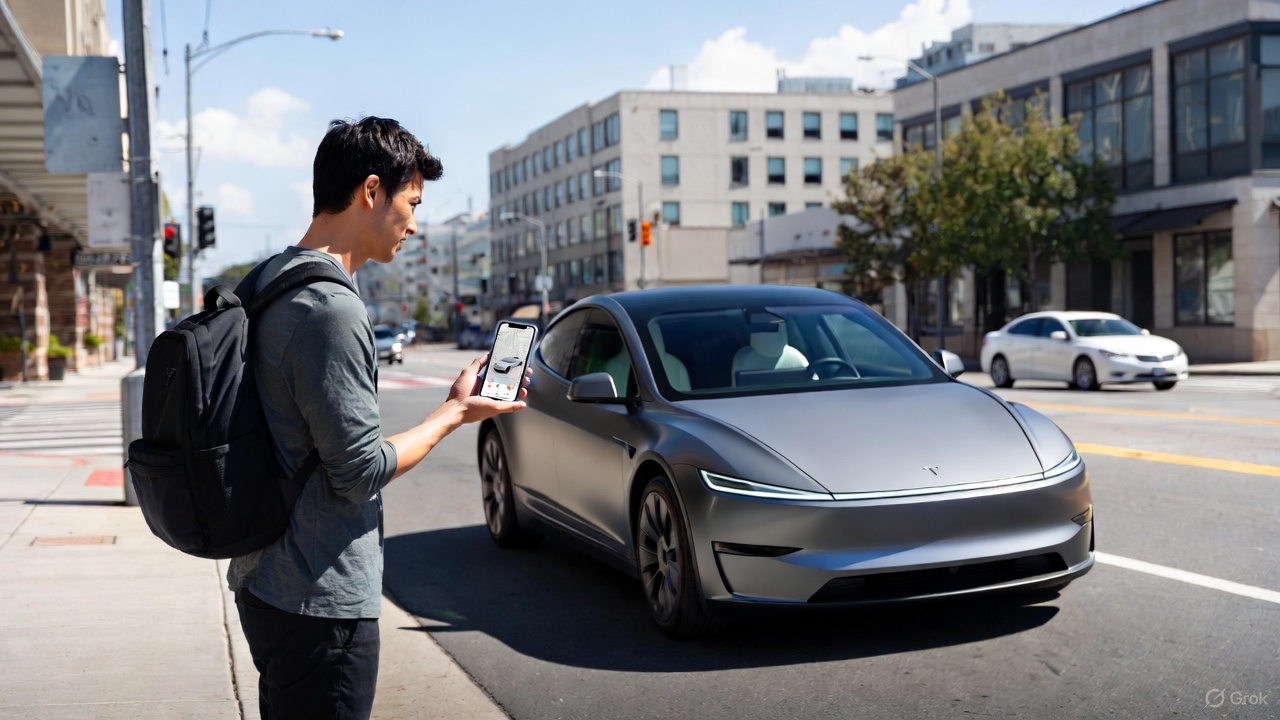
Tesla has expanded Robotaxi app access once again, but this time, it’s on a much broader scale as the company is offering the opportunity for those outside of North America to download the app.
Tesla Robotaxi is the company’s early-stage ride-hailing platform that is active in Texas, California, and Arizona, with more expansion within the United States planned for the near future.
Tesla said recently it plans to launch Robotaxi in Miami, Houston, Las Vegas, Phoenix, and Dallas.
The platform has massive potential, and Tesla is leaning on it to be a major contributor to even more disruption in the passenger transportation industry. So far, it has driven over 550,000 miles in total, with the vast majority of this coming from the Bay Area and Austin.
First Look at Tesla’s Robotaxi App: features, design, and more
However, Tesla is focusing primarily on rapid expansion, but most of this is reliant on the company’s ability to gain regulatory permission to operate the platform in various regions. The expansion plans go well outside of the U.S., as the company expanded the ability to download the app to more regions this past weekend.
So far, these are the areas it is available to download in:
- Japan
- Thailand
- Hong Kong
- South Korea
- Australia
- Taiwan
- Macau
- New Zealand
- Mexico
- U.S.
- Canada
Right now, while Tesla is focusing primarily on expansion, it is also working on other goals that have to do with making it more widely available to customers who want to grab a ride from a driverless vehicle.
One of the biggest goals it has is to eliminate safety monitors from its vehicles, which it currently utilizes in Austin in the passenger’s seat and in the driver’s seat in the Bay Area.
A few weeks ago, Tesla started implementing a new in-cabin data-sharing system, which will help support teams assist riders without anyone in the front of the car.
Tesla takes a step towards removal of Robotaxi service’s safety drivers
As Robotaxi expands into more regions, Tesla stands to gain tremendously through the deployment of the Full Self-Driving suite for personal cars, as well as driverless Robotaxis for those who are just hailing rides.
Things have gone well for Tesla in the early stages of the Robotaxi program, but expansion will truly be the test of how things operate going forward. Navigating local traffic laws and gaining approval from a regulatory standpoint will be the biggest hurdle to jump.
Investor's Corner
Tesla gets price target boost, but it’s not all sunshine and rainbows
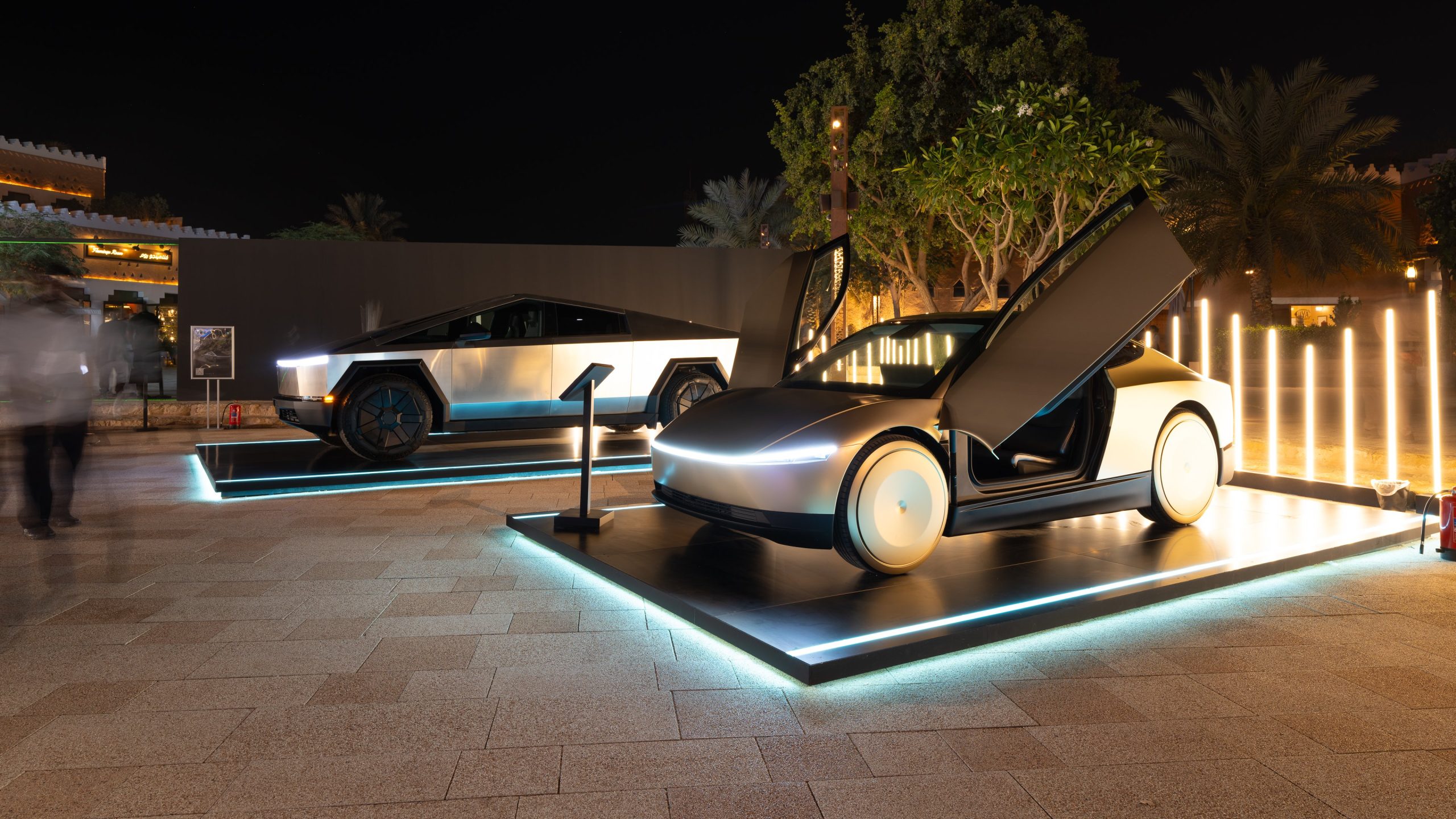
Tesla received a price target boost from Morgan Stanley, according to a new note on Monday morning, but there is some considerable caution also being communicated over the next year or so.
Morgan Stanley analyst Andrew Percoco took over Tesla coverage for the firm from longtime bull Adam Jonas, who appears to be focusing on embodied AI stocks and no longer automotive.
Percoco took over and immediately adjusted the price target for Tesla from $410 to $425, and changed its rating on shares from ‘Overweight’ to ‘Equal Weight.’
Percoco said he believes Tesla is the leading company in terms of electric vehicles, manufacturing, renewable energy, and real-world AI, so it deserves a premium valuation. However, he admits the high expectations for the company could provide for a “choppy trading environment” for the next year.
He wrote:
“However, high expectations on the latter have brought the stock closer to fair valuation. While it is well understood that Tesla is more than an auto manufacturer, we expect a choppy trading environment for the TSLA shares over the next 12 months, as we see downside to estimates, while the catalysts for its non-auto businesses appear priced at current levels.”
Percoco also added that if market cap hurdles are achieved, Morgan Stanley would reduce its price target by 7 percent.
Perhaps the biggest change with Percoco taking over the analysis for Jonas is how he will determine the value of each individual project. For example, he believes Optimus is worth about $60 per share of equity value.
He went on to describe the potential value of Full Self-Driving, highlighting its importance to the Tesla valuation:
“Full Self Driving (FSD) is the crown jewel of Tesla’s auto business; we believe that its leading-edge personal autonomous driving offering is a real game changer, and will remain a significant competitive advantage over its EV and non-EV peers. As Tesla continues to improve its platform with increased levels of autonomy (i.e., hands-off, eyes-off), it will revolutionize the personal driving experience. It remains to be seen if others will be able to keep pace.”
Additionally, Percoco outlined both bear and bull cases for the stock. He believes $860 per share, “which could be in play in the next 12 months if Tesla manages through the EV-downturn,” while also scaling Robotaxi, executing on unsupervised FSD, and scaling Optimus, is in play for the bull case.
Will Tesla thrive without the EV tax credit? Five reasons why they might
Meanwhile, the bear case is placed at $145 per share, and “assumes greater competition and margin pressure across all business lines, embedding zero value for humanoids, slowing the growth curve for Tesla’s robotaxi fleet to reflect regulatory challenges in scaling a vision-only perception stack, and lowering market share and margin profile for the autos and energy businesses.”
Currently, Tesla shares are trading at around $441.
News
Tesla Optimus dramatically collapses after teleoperator mishap
It seemed blatantly obvious that whoever was controlling the Optimus robot from behind the scenes did not disconnect their ability to manipulate its movements
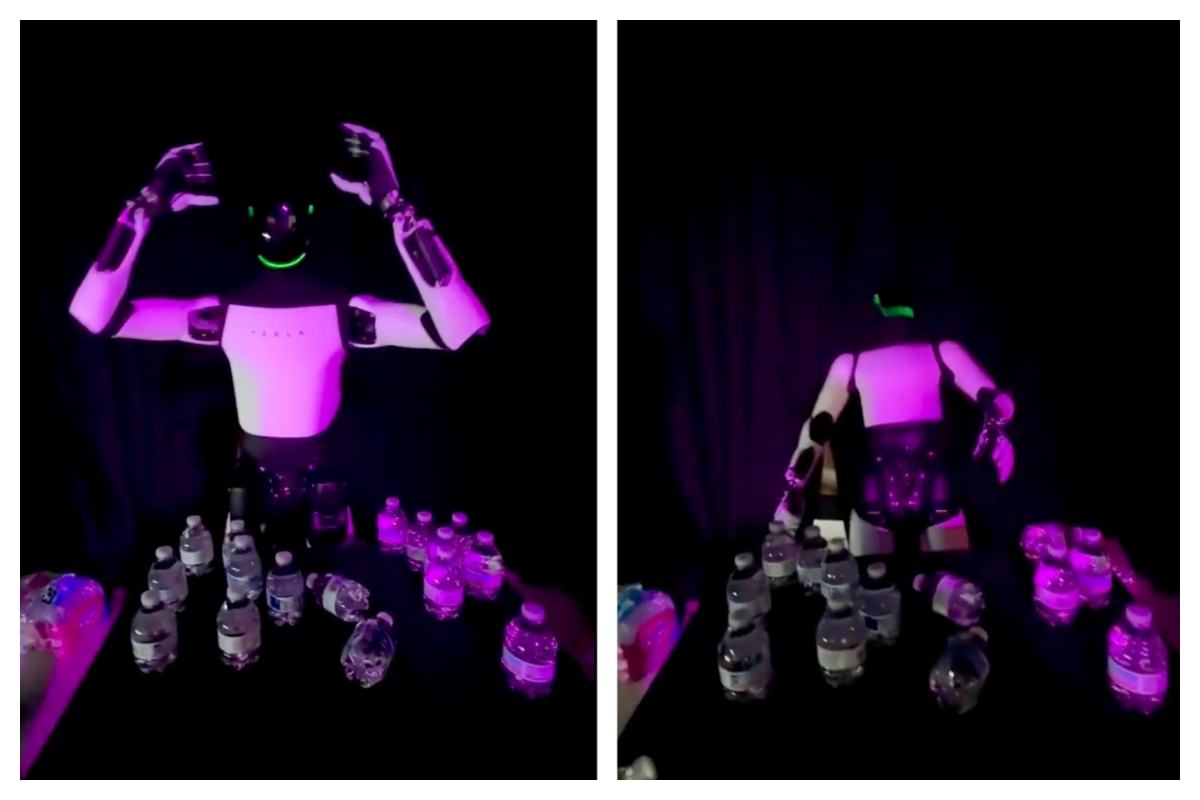
Tesla Optimus dramatically collapsed after a teleoperator mishap at the company’s “Future of Autonomy Visualized” event in Miami this past weekend.
It seemed blatantly obvious that whoever was controlling the Optimus robot from behind the scenes did not disconnect their ability to manipulate its movements, then left the controls, causing Optimus to collapse.
A video captured at the event shows Optimus doing a movement similar to taking a headset off, likely what the teleoperator uses to hear guest requests and communicate with other staff:
🚨 Tesla Optimus mishap at the Miami event
To be fair, don’t we all want to do this around the Holidays? pic.twitter.com/EJ5QKenqQd
— TESLARATI (@Teslarati) December 8, 2025
After the headset removal motion was completed, Optimus simply collapsed backward, making for an interesting bit of conversation. While it was a mishap, it was actually pretty funny to watch because of the drama displayed by the robot in the situation.
This was obviously a mistake made by the teleoperator, and does not appear to be a spot where we can put any sort of blame on Optimus. It would have likely just stood there and waited for controls to resume if the teleoperator had disconnected from the robot correctly.
However, details are pretty slim, and Tesla has not announced anything explaining the situation, likely because it seems to be a pretty face-value event.
Tesla Optimus shows off its newest capability as progress accelerates
The Tesla Optimus program has been among the most hyped projects that the company has been working on, as CEO Elon Musk has extremely high hopes for what it could do for people on Earth. He has said on several occasions that Optimus should be the most popular product of all time, considering its capabilities.
Obviously, the project is still a work in progress, and growing pains are going to be part of the development of Optimus.
In its development of Optimus Gen 3, Tesla has been working on refining the forearm, hand, and fingers of Optimus, something that Musk said is extremely difficult. However, it’s a necessary step, especially if its capabilities will not be limited by hardware.
All in all, Optimus has still been a very successful project for Tesla, especially in the early stages. The company has done an excellent job of keeping Optimus busy, as it helps with serving customers at events and the Tesla Diner, and is also performing tasks across the company’s manufacturing plants.








